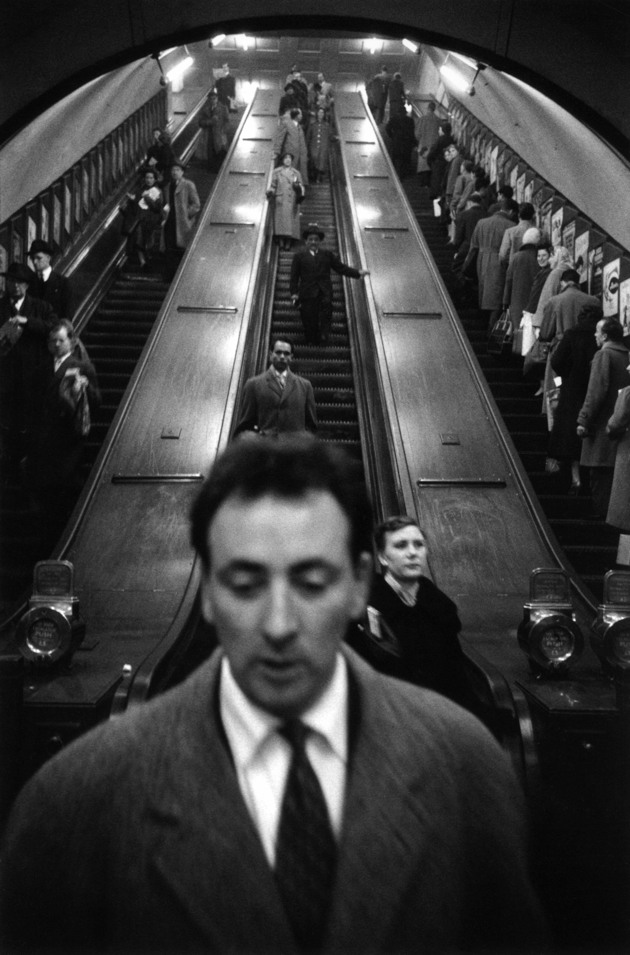Everyone who walks the busy streets of a city takes imaginary snapshots. For all I know, my face glimpsed in a crowd years ago may live on in someone’s memory the same way that the face of some stranger lives on in mine. Of course, out of the hundreds of people we may happen to see in a day, we become fully aware of only a select few, and often not even that many if we have too much on our minds. Then it happens.
All the poets who loved colorful street life, starting with Whitman and Baudelaire, knew that the unforeseen was one of the inherent qualities of the beautiful. We come face to face with someone, or we catch a peek at them from the corner of our eye and the camera in our heads clicks, suspending the image. Here is a tall, well-dressed young woman with a look of utter despair in her eyes and an incongruous smile on her lips. In the next instant, she’s gone and we forget her as we busy ourselves with other things, except she may reappear later that day to haunt us, or in a month, or even years after, like some snapshot we found in the shoebox in the attic that we can’t stop looking at because we no longer remember who that person in it was or when or where it was taken.
Why do we remember some faces and not the others? One meets all sorts of interesting-looking people in the city: confident, bursting with health, sickly, preoccupied, seemingly lost or thoroughly defeated, so how come so few stick in our memory? No doubt it’s because something about them cheers or troubles our spirit. At times, compassion and fear make us identify with them. We find ourselves in their shoes for a moment, living a life we have read in their faces. I recall seeing, for example, a pale, middle-aged man in an inconspicuous gray suit, sitting on the subway with his gray hat, gray moustache, collapsing cheeks and empty watery eyes as the uptown local rattled along.
For some reason, the memory of his face is more vivid to me than many far more momentous encounters and occasions in my life that I ought to remember with greater clarity. I keep his face in my secret photo album, the one I would not show to anyone, even if I could, because the pictures in it would most likely mean nothing to them. And yet for me, and I’m sure for others, this sort of collection of random images is a kind of unintended autobiography. When I hear people say that “every human being carries around a secret,” this is what I think they are talking about.
Fifty years ago sitting in Washington Square park one warm spring day, I overheard a story on this very subject. Two old men were chatting about different kinds of women they knew in their life, and the various way in which they drove both of them crazy, when one said that his father told him before he died that the most beautiful woman he ever saw in his life was getting off the Staten Island Ferry just as he was getting on. Their eyes met and that was it. His father even remembered the exact date and the time of day, which as I recall was in the month of May in 1910. Of course, after he fell silent, I turned around to sneak a better look at the man who was telling the story, but today, no matter how hard I try, I can only bring back his words and nothing else. Evidently, to remember a face, it helps if one’s mind is blank and not busy thinking about some story one has just heard.



